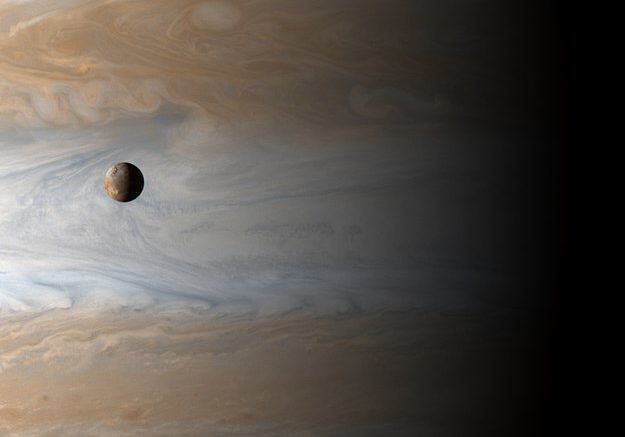Welcome to the Planetary Bodies series, in which we will be discussing the solar system planetary bodies and provide information about the planets, their moons, observational history, scientific missions, as well as observational tips and tricks for amateur astronomers in the Pacific Northwest.
Introduction
The introduction to each planetary body will talk about how to view the planet, the physical characteristics of the planet, provide some interesting facts, and its cultural impact on society.
Moons
In this section, the moons of said planet will be given some light that will including how many moons said body has, size of said moons, lunar history, and more. These article will be great places to understand the moons. If there are no moons, which is the case for a few plants, then this information about why there aren’t any moons will be included in the introduction.
Observational History
One cannot talk about the planets in the solar system without discussing the observational history. Not every object has be viewed with the naked eye, as 2 planetary bodies have been discovered in the past 200 years. Plus, with all of the new missions and technology available, observation has changed how the planets are viewed and imaged.
Scientific Missions And Discoveries
Not every planet has been sent their own unique missions, but all have had their own part in helping further science. Mercury for example is famous for playing a part as one of Albert Einstein’s three proposed tests of general relativity, in 1916, but has only seen 3 scientific missions sent its way to study the planet. This is in stark contrast to Mars, which has seen dozens of spacecraft, including orbiters, landers, and rovers, sent to Mars several nations for study of the different features of Mars.
If you’re curious about what the definition and classification of planets, check out this article on the topic to help understand the differences.

Be the first to comment on "Planetary Bodies Series"